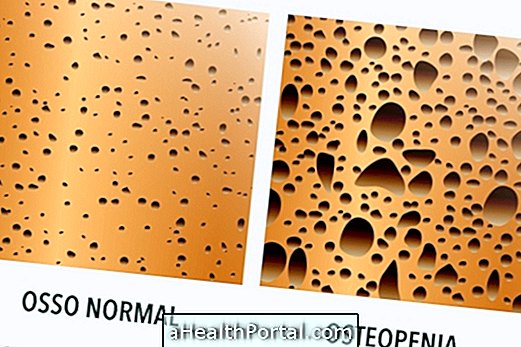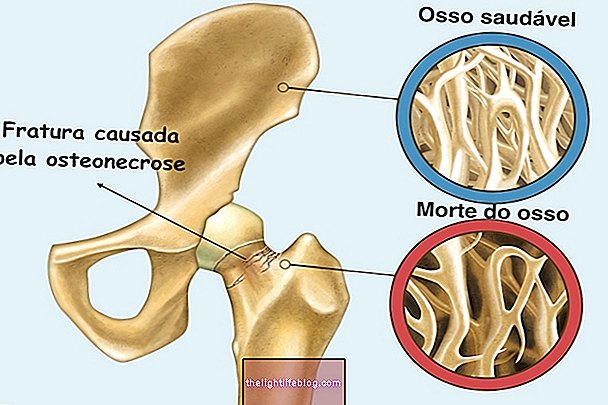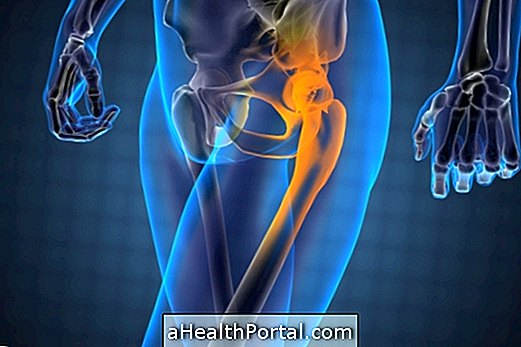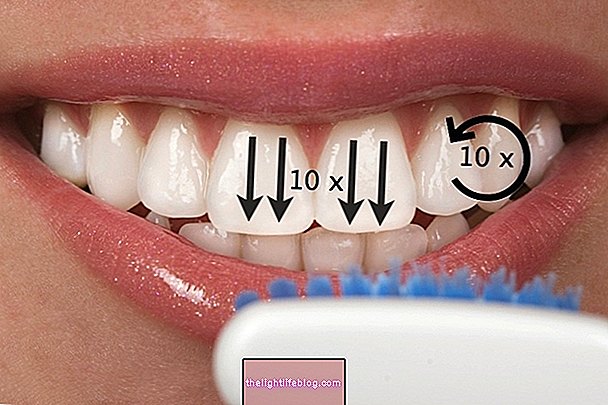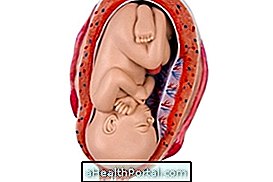The trigger finger, also known as a clenched finger or stenosing tenosynovitis, is an inflammation of the tendon responsible for folding the finger, which causes the affected finger to always bend even when trying to open it, causing severe pain in the hand.
In addition, chronic inflammation of the tendon may also cause a lump to form at the base of the finger, which is responsible for a trigger-like click during the closing and opening of the finger, as the image shows.
The trigger finger is healing most often with the use of physical therapy exercises, but in more severe cases surgery may be needed.

Main symptoms
Trigger finger symptoms may include:
- Pain in the base of the fingers or the palm of the hand;
- Swelling of the finger;
- Finger hardening;
- Folded finger that, when trying to stretch, produces a painful trigger-like click.
Generally, these symptoms are more intense in the morning due to the inativadade and increased swelling that can usually happen at night.
The thumb, middle finger and ring are the most frequently affected fingers, but inflammation can occur on any finger, especially in middle-aged women.
How is the treatment done?
In mild cases, trigger finger treatment is done through physical therapy, using exercises and massages, which strengthen the muscles responsible for stretching the hand and fingers, maintain mobility, and relieve swelling and pain. Here's how to do some of these exercises.
However, other treatment measures include:
- Rest for 7 to 10 days, avoiding repetitive and effortless manual activities;
- Wear a splint of your own for a few weeks that keeps your finger always taut;
- Apply warm compresses or local heat with warm water, especially in the morning, to relieve pain;
- Use ice for 5 to 8 minutes on site to relieve swelling during the day;
- Pass anti-inflammatory ointments with Diclofenac, for example, to reduce inflammation and pain.
In severe cases, where the pain is very intense and difficult to perform physiotherapy, the orthopaedist can apply a cortisone injection directly on the nodule. This procedure is simple and quick and is meant to relieve symptoms, especially pain. However, it may be necessary to repeat the procedure and it is not advisable to use it often because tendon weakness and risk of rupture or infection may occur.
When surgery is needed
Trigger finger surgery is performed when other forms of treatment do not work, a small cut is made in the palm of the hand that allows the physician to extend or release the initial portion of the tendon sheath.
Generally, this type of surgery is done with general anesthesia in the hospital and therefore, although it is a simple surgery and low risk of complications, it may be necessary to stay overnight at the hospital to ensure that the effect of the anesthesia completely passes. After that, the recovery is very fast, and you can re-perform light activities by hand in 1 to 2 weeks, according to the orthopedist's guidance.
Possible causes
The most frequent causes for trigger finger appearing are:
- Repetitive activities with hands;
- Uncontrolled diabetes;
- Rheumatic problems.
However, in most cases the cause is unknown and the diagnosis is made by observing the hand and performing complementary tests, such as ultrasonography or magnetic resonance imaging.
Congenital Trigger Finger
The trigger finger on a baby may occur due to congenital or traumatic factors and when not treated properly severe deformities may occur due to the immaturity of the child's bones.
The treatment for these cases can be done with physical therapy, massage and surgery after the child does 1 year. Some doctors prefer to perform surgery soon, while others prefer to try other forms of treatment and only after surgery. However, surgery is mandatory when there is blockage of movement.
